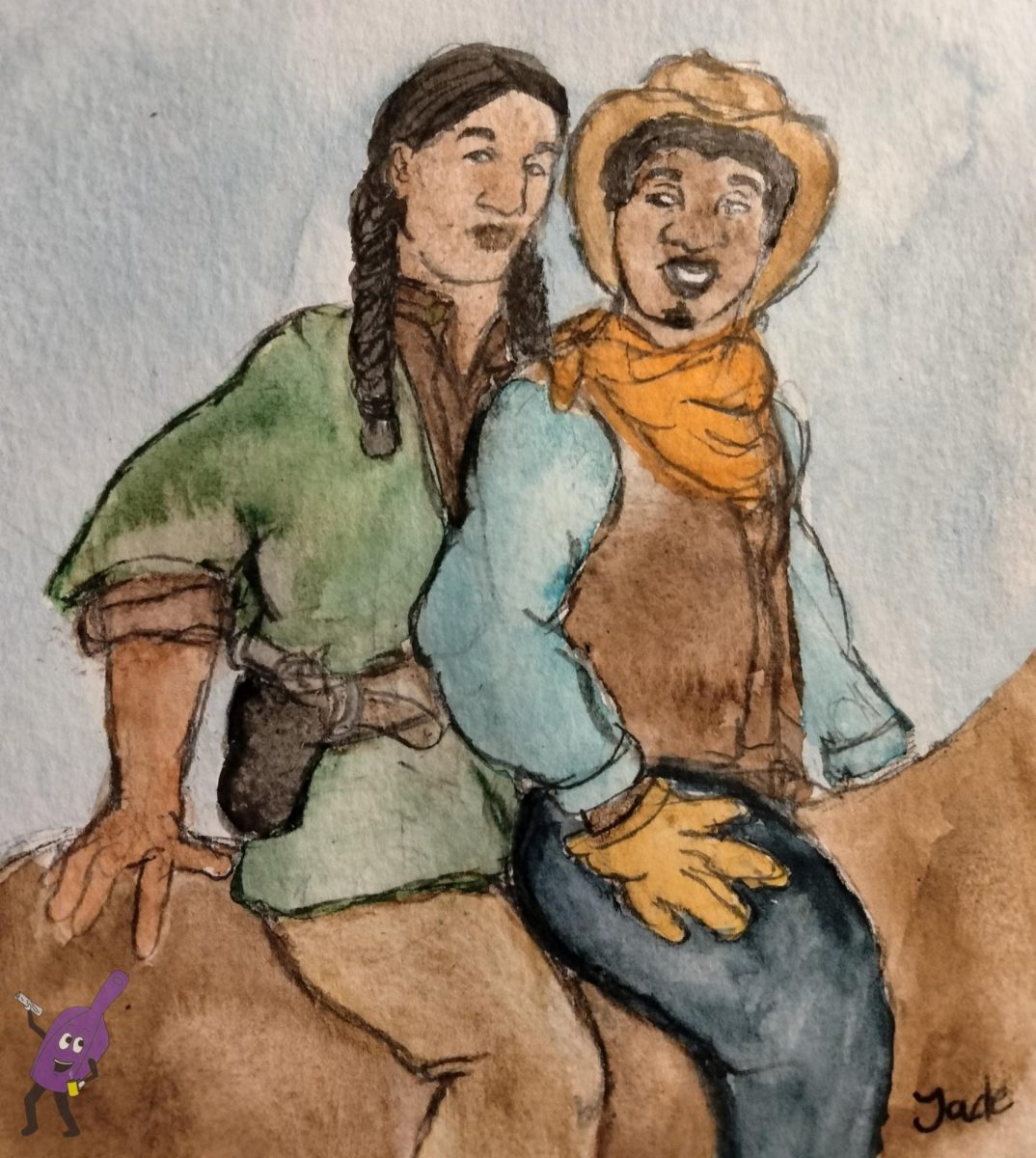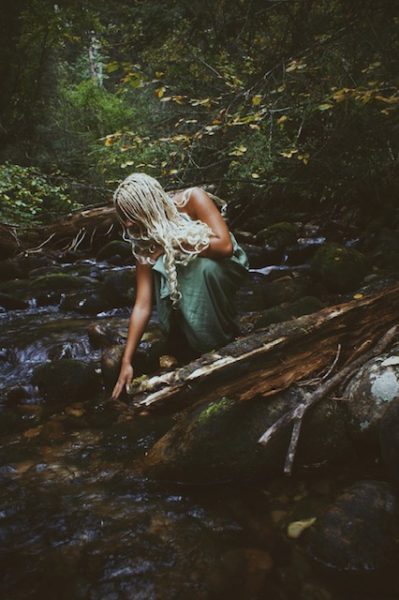Cowboys have a distinct history in the American West. They have been a staple in film and entertainment for generations, but the sensationalized cowboy lacks much historical context. Buffalo Bill, John Wayne, and Billy the Kid are the most famous cowboys, and most likely who comes to mind when one is asked to imagine a cowboy. The white man gunslinging fighting off Native Americans in the West is the lens entertainment has put the cowboy into, but in reality, they divulge into so much more.
Ethnically, cowboys have a rich and diverse background. As colonialism and expansion spread across North America, ranching gained importance. Indigenous tribes, slavery, and immigration grew the American population rapidly as the country expanded west. From the Native American cowboys on the plains to the vast population of African American cowboys, cowboys have a culture from a variety of ethnic backgrounds.
Often stories paint the picture of “cowboys vs Indians”, but the two identities aren’t exclusive. As Native tribes were pushed onto reservations, many took to cattle ranching. Native American tribes such as the Lakota, Standing Rock Sioux, Crow, and Nez-Perce are known for their rodeos to this day. Native cowboys started organizations to circumvent racial discrimination in rodeo, such as the Indian National Finals Rodeo and the All-Indian Rodeo Cowboys Association.
The roots of Texas as a cattle country come from when it was a part of Mexican territory colonized by Spain. This led to some of the earliest cowboys being Spanish and Mexican. The first cowboys as we know them originate from the cattle ranching of Spanish missionaries. Even the linguistic aspects of cowboy history connect to the mixed cultures of cowboys. The word “buckaroo” for example originated from the Spanish word “vaquero”.
The vaqueros were indigenous Mexicans who took on horsemanship and cattle herding. American cowboy culture stems from these original cowboys. Lassos took from the word “lazo” which means braided rope. Even chaps that the cowboys wear came from Mexican “chaparreras”. The American cowboy took influence from vaqueros, taking cattle herding methods north to the western US.
African-American cowboys were much more common than media displays. They actually made up one in four cowboys. Texas, having a slave population of 182,566 by the Civil War, had a demographic full of black cattle ranchers. In northern states, free black people moving west could be hired as farmhands. Nat Love, formerly enslaved, became one of the most well-known black cowboys. In 1907 he published his autobiography “The Life and Adventures of Nat Love”. In the West, black cowboys held a level of equality in their relationships with fellow cattle drivers, because survival was the number one priority.
Asian Americans made up a great part of the West. In the late 1800s, Chinese immigration to the United States grew. In 1870, Chinese Americans made up 10% of Montana’s population. While the majority of Chinese immigrants went into mining, railroad, and laundry, a few became cattle herders. The most influential role of Asian Americans in the growing West was railwork. One documented Chinese-American cowboy is Jim Sam, who was raised on a California ranch before becoming a herder. He became well known in Nicasio, California.
Diversity in the identity of cowboys went further than ethnicity, including gender and sexual orientation. Historian Clifford Westermeier writes in his 1976 essay “Cowboys and Sex”, about the intimate relationships between cowboys and ranchers in the rural West. Poetry was written about the relationships between men. “The Lost Pardner” by Badger Clark tells the story of the heartbreak of losing a partner and feeling emptiness in the cattle trade now that he is gone. Through literature and historical studies, the strict gender roles of the cowboy are softened.
Women in the West defied gender roles as well. The intersectionality of identities can be seen in Mary Feilds, an African-American cowgirl who worked in Montana. Born into slavery, she became the first black-woman mail carrier. Other famous cowgirls include Annie Oakley, famous for her sharp-shooting skills. Even Sandra Day O’Connor, the first female Supreme Court justice, was raised a cowgirl on her Arizona ranch.
The Hollywood cowboy has become the standard in the mythological lore of the West. The image of the masculine white man was romanticized in cowboy stories and turned into the sensational Western we now know. Western films became stories of racist caricatures of Native Americans versus the white man who came to save the day. At the time Western films came into popularity, racism was rampant in the film industry. Given this, the heroes in cowboy films were cast as all-white for years to come.
Films that push to include diverse stories have landed as controversial. The 2005 film Brokeback Mountain was criticized by many as immoral, dangerous, and unrealistic. Others praise the movie for its groundbreaking representation of the nuanced sexual identities of cowboys. The 1993 film Posse with an all-black cast of protagonists, was described by some as “too woke”. The image of the Hollywood cowboy has become so standard that realistic divergence from the norm has caused a backlash.
Many film directors are working to create historically accurate and diverse films. Films such as Outlaw Johnny Black, Surrounded, and Bull are westerns released in the past year featuring black protagonists. The 2021 film The Harder They Fall tells the story of Nat Love. 1990’s Dances With Wolves has been long praised for its positive Native representation. The 2017 mini-series Godless tells the story of women in the Wild West. The cowboy has a complex culture, beginning from the Vaqueros of the 16th century. The Indigenous cowboys that continue to celebrate rodeo culture today, and the unearthing of the stories of diverse cowboys keep the multicultural cowboy alive. From the stories of black Americans to women in the West and the presence of queer identities, there is so much to discover about the cowboy. Despite the Hollywood cowboy’s shadow, the vast diversity of the West shines on.




